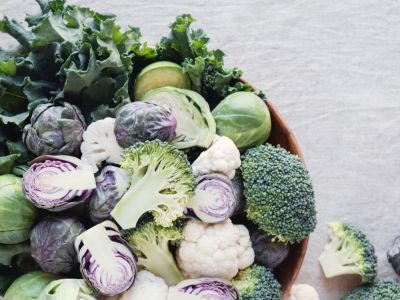What are Cruciferous Vegetables?
Broadly, cruciferous vegetables belong to the Cruciferae family, which mostly contains the Brassica genus, but does include a few other genuses. In general, cruciferous vegetables are cool weather vegetables and have flowers that have four petals so that they resemble a cross. In most cases, the leaves or flower buds of cruciferous vegetables are eaten, but there are a few where either the roots or seeds are also eaten. Because these vegetables belong to the same family, they tend to be susceptible to the same diseases and pests. Cruciferous vegetable diseases can include:
Anthracnose Bacterial leaf spot Black leaf spot Black rot Downy mildew Peppery leaf spot Root-knot White spot fungus White rust
Cruciferous vegetable pests can include:
Aphids Beet armyworm Cabbage looper Cabbage maggot Corn earworm Cross-striped cabbageworm Cutworms Diamondback moth Flea beetles Imported cabbageworm Nematodes (which cause root-knot)
Because the cruciferous family of vegetables are susceptible to the same diseases and pests, it’s best to make sure that you rotate the location of all cruciferous vegetables in your garden each year. In other words, don’t plant a cruciferous vegetable where a cruciferous vegetable was planted last year. This will help to protect them from diseases and pests that can overwinter in the soil.
Complete List of Cruciferous Vegetables
Below you will find a list of cruciferous vegetables. While you may not have heard the term cruciferous vegetable before, it’s likely that you have grown many of them in your garden. They include:
Arugula Bok choy Broccoli Broccoli rabe Broccoli romanesco Brussel sprouts Cabbage Cauliflower Chinese broccoli Chinese cabbage Collard greens Daikon Garden cress Horseradish Kale Kohlrabi Komatsuna Land cress Mizuna Mustard – seeds and leaves Radish Rutabaga Tatsoi Turnips – root and greens Wasabi Watercress
